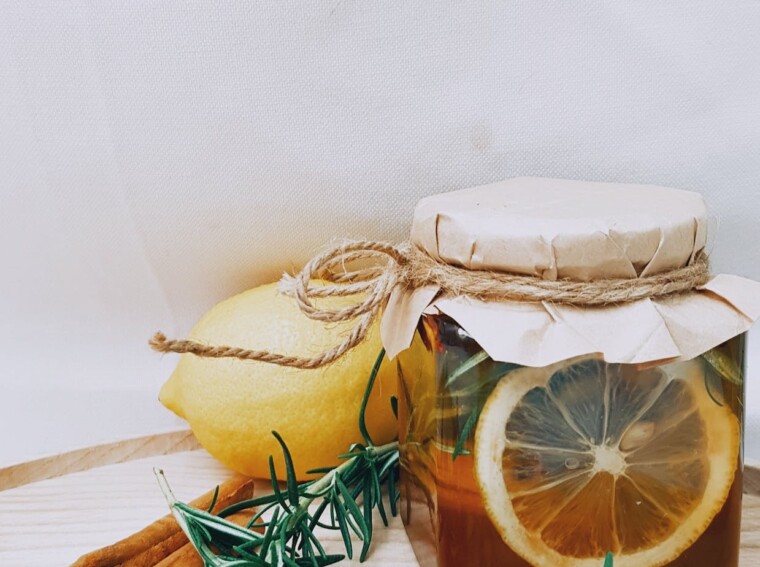Chruterchraft
I’ve always been intrigued by chruterchraft, a term deeply rooted in Swiss-German tradition. If you’re wondering, it’s not just another buzzword to add to your vocabulary. Instead, it’s a heritage-rich concept that represents the power of herbs and their role in holistic well-being. It’s something I feel is worth sharing with all of you.
Diving into its origins, chruterchraft essentially translates to “herb power”. This centuries-old belief emphasizes natural healing through various herbal remedies and treatments. The Swiss have long respected the earth’s bounty and believed in the therapeutic prowess of nature’s little wonders – herbs.
A deeper understanding of chruterchraft unveils a world where health isn’t just about taking chemicals or making frequent trips to the doctor. Rather, it champions tuning into our bodies’ needs, harnessing the restorative abilities found in our backyards, and embracing a lifestyle that cherishes balance. It makes me wonder: are we missing out on something crucial by not adopting this age-old wisdom?
What is Chruterchaft?
Let’s dive right in. Have you ever heard of Chruterchaft? It’s a word rooted deep within Swiss tradition, and it’s an integral part of their cultural heritage. Literally translated as “herb craft”, Chruterchaft embodies the traditional knowledge and use of medicinal plants in Switzerland.
Now, you might be wondering what makes this tradition so special? The answer lies in its historical significance. In the past, every Swiss household relied heavily on these natural remedies for treating common ailments. From soothing sore throats with thyme tea to healing wounds using calendula salves, the wisdom of Chruterchaft was passed down from one generation to another.
Interestingly enough, it’s not just about healing properties but also includes culinary uses. That’s correct! Many Swiss dishes incorporate these herbs for their distinct flavors and health benefits. Let me give you an example: basil – it adds a flavorful punch to pasta dishes while also aiding digestion.
Here are some other commonly used herbs in Chruterchaft:
- Stinging Nettle: Known for its high iron content.
- Chamomile: Used for soothing stomach upsets.
- Dandelion: Believed to have detoxifying properties.
With advancing technology and modern medicine, one might think that such traditions would fade into obscurity. But that’s far from reality! There’s been a resurgence lately in the interest towards natural remedies worldwide which has put the spotlight back onto ancient practices like Chruterchaft.
In essence then, when we talk about ‘Chruterchaft’, we’re discussing more than just herbal lore; it’s a rich tapestry woven from threads of history, culture, medicine, and gastronomy. It’s a testament to humanity’s enduring relationship with nature, an echo from our past guiding us towards a healthier future.

The History of Chruterchaft
Let’s take a step back in time and uncover the rich history of chruterchaft. This intriguing craft has roots that date back to the early 19th century, nestled deep within Swiss traditions. It’s an art form closely tied with healing and wellness – a treasured part of Swiss cultural heritage.
The term “chruterchaft” itself is fascinating. Derived from the Swiss-German word for herbs (“Kräuter”), it represents an ancient practice revolving around medicinal plants and herbal wisdom. Back then, people believed in harnessing nature’s bounty to maintain health and well-being.
At first glance, you might think chruterchaft was only about herbs and remedies. But it extended far beyond that. Those practicing chruterchaft were also keen observers of weather patterns, moon phases, and other natural phenomena. They’d use this knowledge to guide their work – whether that be planting herbs or preparing remedies.
Over time, these practices began fading into obscurity as modern medicine advanced. Yet recently there’s been a revival in interest towards such traditional methods of healing, including chruterchaft. Today we see many dipping their toes back into this pool of ancient wisdom – a testament to its enduring legacy.
What truly stands out about the history of chruterchaft is how it illustrates our deep-rooted desire to connect with nature on multiple levels – medicinally, spiritually, even astronomically! It paints a vivid picture of our ancestors’ relationship with the world around them – one we’re slowly rediscovering today through renewed interest in holistic wellness practices like chruterchaft.
In our modern era where synthetic drugs dominate healthcare, many are seeking out alternative treatment options. They’re turning their gaze towards practices like chruterchraft, drawn by its holistic approach and minimal side effects.
As I wrap up my musings on chruterchraft, I’m left feeling both intrigued and inspired. This humble Swiss practice serves as a potent reminder – sometimes, the most effective solutions can be found not in cutting-edge laboratories but in the quiet wisdom of nature that surrounds us every day.

